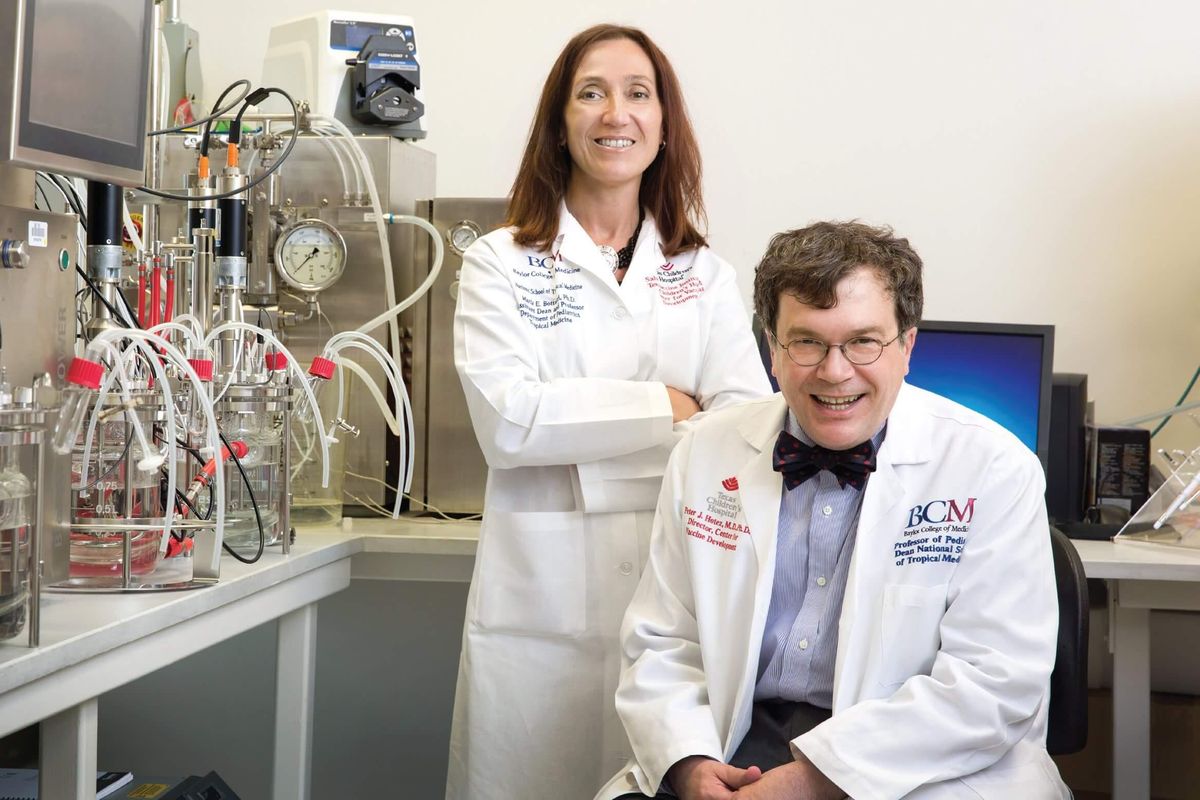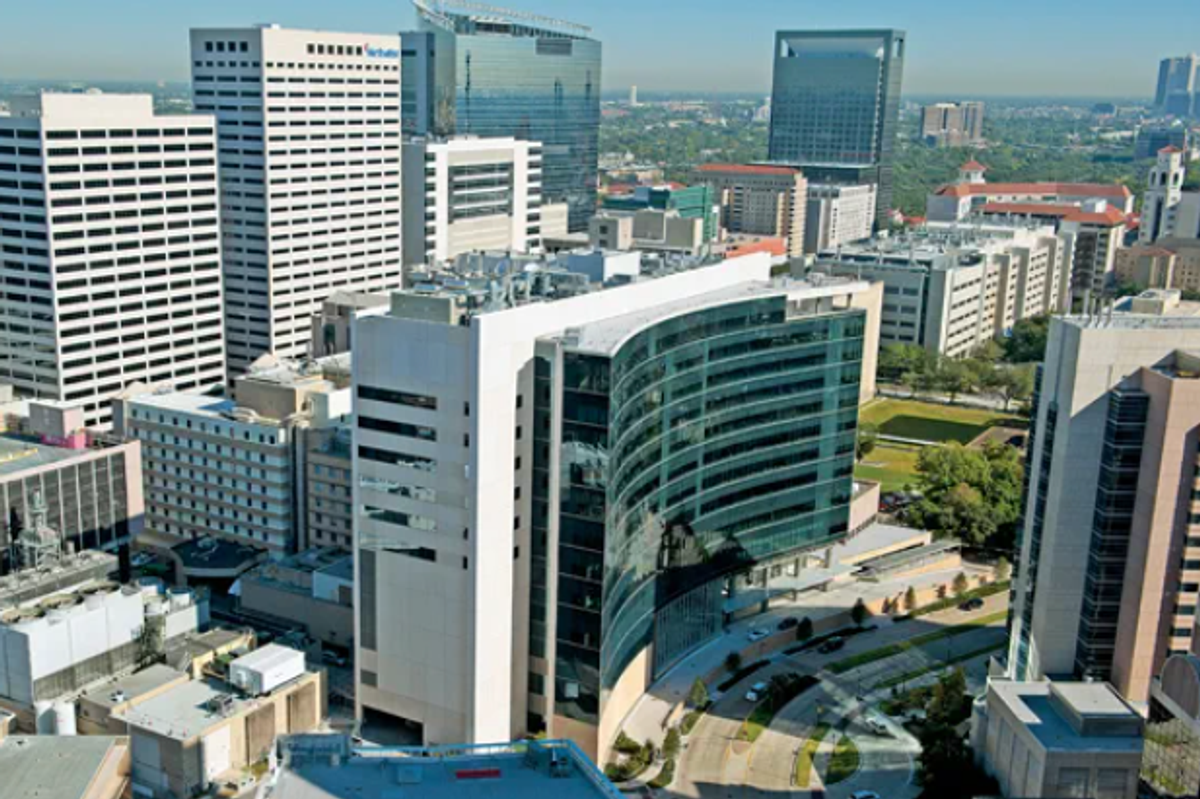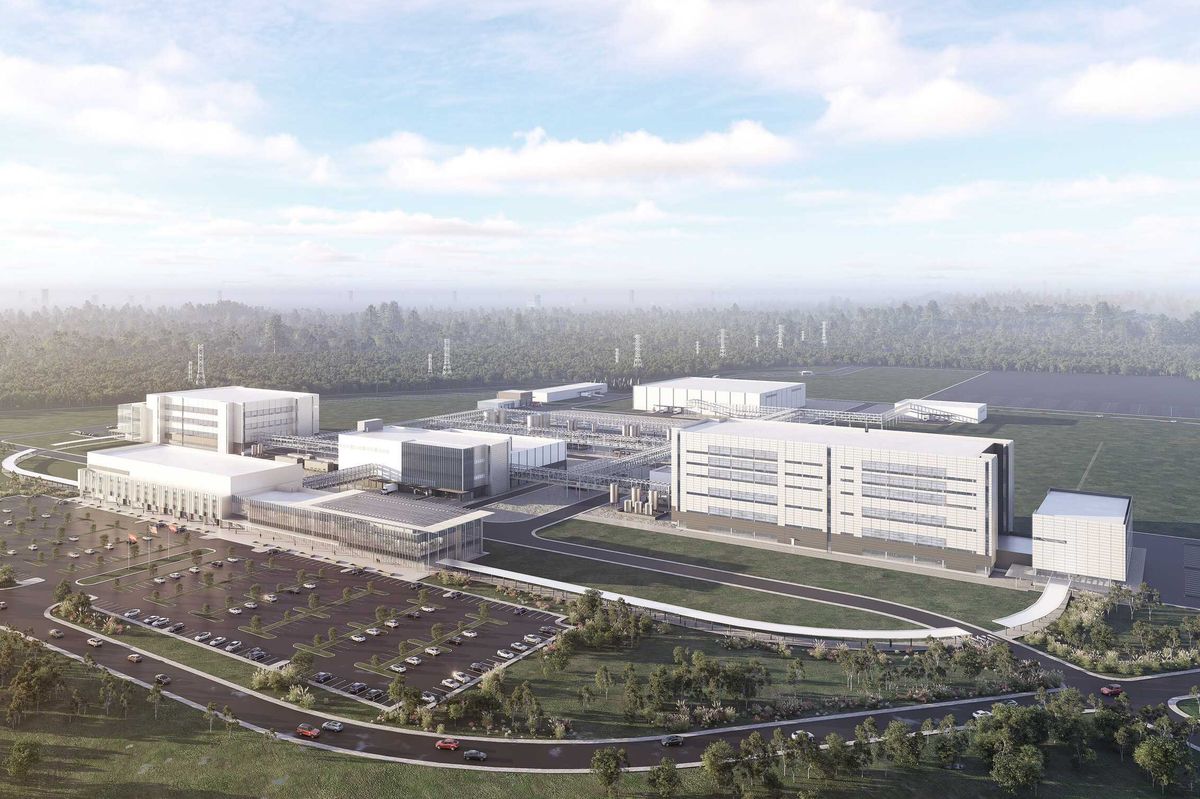Anew study of the office rental market in the U.S. has revealed Houston has the second highest rate of office vacancies nationwide. In fact, the total square footage of Houston’s empty office space adds up to 1,153 football fields.
The report by Indian service provider Outsource2India discovered 18.6 percent of all office space in Houston is sitting empty, a figure that has grown by 1.6 percent since 2023.
To put the football fields comparison into perspective, that means about 1,522 acres of office space around the city is sitting empty, or nearly 66.30 million square feet.
Rent prices for office space around the U.S. has largely remained unchanged, the report says, except for a very slight uptick in Houston and Austin. Rent prices have gone up just one dollar since the last year to $30 per square foot in Houston, and $44 in Austin.
It's not hard to see why so many offices are sitting empty, especially considering the rising demand (and popularity) of remote and hybrid professions since the COVID-19 pandemic. In a 2020 analysis, Forbes said companies prioritizing the "remote work revolution" saw an increase in teleworker productivity, performance, engagement, retention, and profitability. In 2024, secondary benefits of flexible work environments include smaller carbon footprints, more women in the workplace, reduced operating costs, and more.
Outsource2India suggests major businesses in cities like Houston will need to reimagine their work culture and office spaces in order to compete with flexible work models.
“As remote work continues to reshape workplace dynamics, there is a pressing need for this market to evolve and adapt,” the report said.
After all, Houston commutes aren't getting any easier, and more workers are starting to look for less commute-heavy vocations in suburbs with top job markets.
San Francisco was the only U.S. metro area with a higher office vacancy rate than Houston, at 21.7 percent. However, the actual square footage of empty office space in the city only adds up to 721 football fields, or nearly 952 acres of space.
Elsewhere in Texas, Dallas-Fort Worth has the third highest office vacancy rate in the nation, at 18 percent, followed by Austin with a 16.7 percent vacancy rate. According to the study's football field comparison, the total square footage of empty office space in Dallas and Austin equals 1,328 and 392 football fields, respectively.
The top 10 metro areas with the highest office vacancy rates are:
- No. 1 – San Francisco, California
- No. 2 – Houston, Texas
- No. 3 – Dallas, Texas
- No. 4 – Austin, Texas
- No. 5 – Washington, D.C.
- No. 6 – Chicago, Illinois
- No. 7 – Denver, Colorado
- No. 8 – Phoenix, Arizona
- No. 9 – Los Angeles, California
- No. 10 – San Jose, California
Outsource2India tracked office rent prices in major U.S. metropolitan areas for 2023 and 2024 to discover the top 10 metro areas with the highest office vacancy rates using data from the National Association of Realtors (NAR).
The full report can be found on outsource2india.com.
------
This article originally ran on CultureMap.
- Report: Houston to see highest concentration of medical office project completions this year ›
- New downtown office tower will rise in bustling Discovery Green ›
- Massive mixed-use project to bring creative office and coworking space to the Houston Heights ›
- Cultivating an office culture can prevent loneliness, create connections, says Houston expert ›
- Growing Houston energy startup scales local office presence ›




















